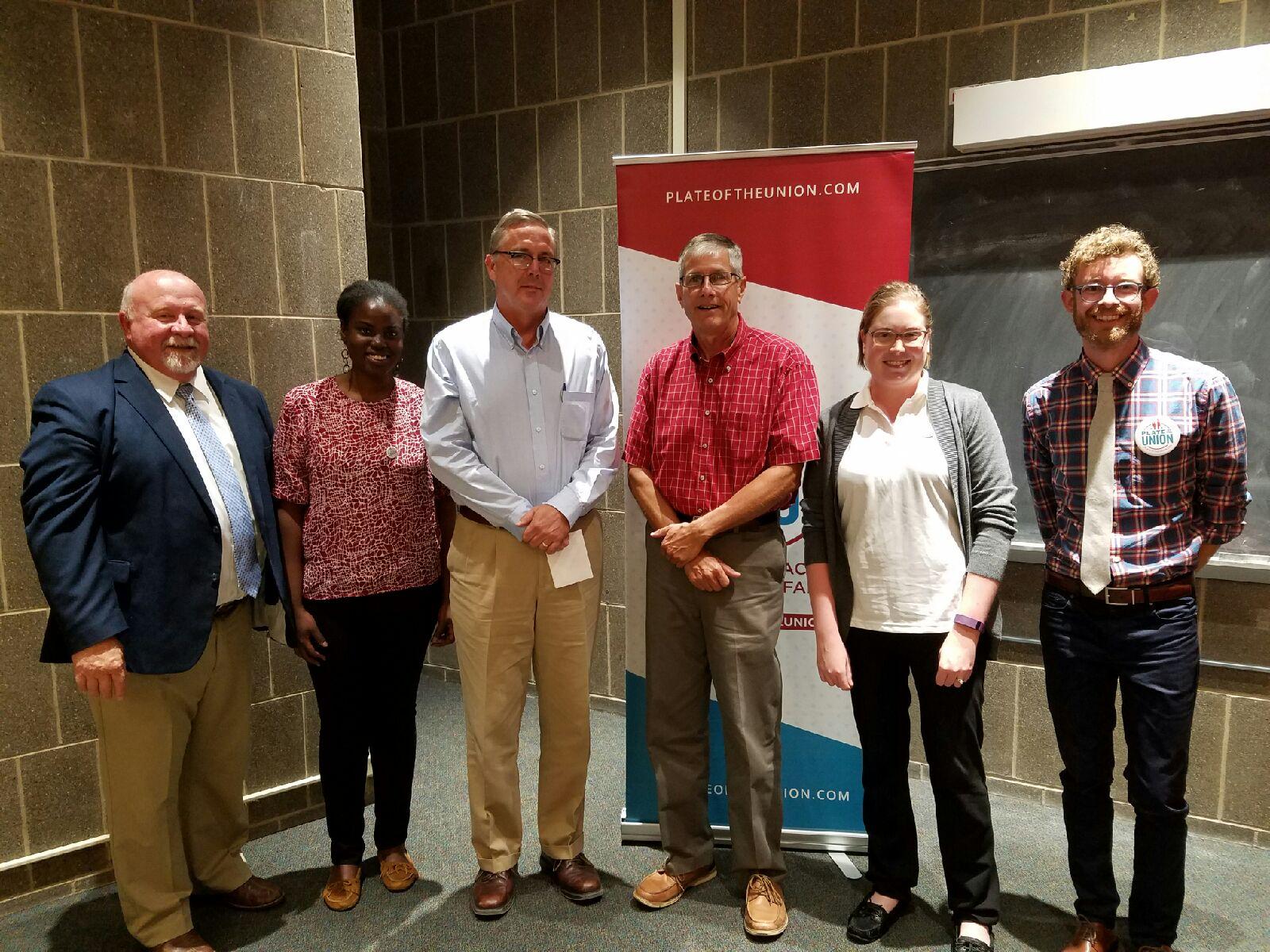This month, the “2017 Iowa Soybean Association Research Conference” (ISARC) was held in downtown Des Moines. This is an annual conference focused on sharing information from the Iowa Soybean Association (ISA) research teams. These teams include Analytics, Environmental Programs and Services, and the On-Farm Network.
Continue readingGet to know Alert Iowa
Alert Iowa is a statewide mass notification and emergency messaging system. The system can be used by state and local authorities to quickly disseminate emergency information to residents in counties that utilize the system. The system is available, free of charge, to all counties. Eighty-four of Iowa’s 99 counties are using the Alert Iowa system.
Continue readingDaily Erosion Project goes International
This week Dr. Richard Cruse, Professor in Agronomy at Iowa State University and Director of the Iowa Water Center, was invited to speak at the Rendez-vous végétal 2017 in Quebec, Canada. He provided a presentation on the cost of soil erosion and introduced the Daily Erosion Project to an international audience of soil and water professionals.
Continue readingPodcast spotlights a pioneer of precision conservation
Precision agriculture is a unique, emerging field, and it is certainly one that is rapidly evolving before our very eyes. The complex world of remote sensing, big data, ag informatics, statistics, and on-the-ground farm management means there’s a whole lot of data out there … how do we make sense of it all?
Continue readingGeographic Information Systems at Iowa State University
Big data requires big software and big ideas. This can be especially true when it comes to managing our water-related resources. Today, we have access to numerous data points about our soil and water that can assist in understanding current landscape conditions and to plan for the future. Information such as this is not useful unless it can be analyzed by the experts using software such as Geographic Information Systems (GIS).
Continue readingMonona Demonstrates its Commitment to Water Quality
The permeable parking lot carried a price tag of about $260,000.00. The project would not have been possible without the Water Resource Restoration (Sponsored Projects) Program. The Sponsored Project program allowed Monona to defer a portion of the interest on its sewer project loan, and use those funds for watershed protection practices. The program is a joint effort of the Iowa Department of Natural Resources, the Iowa Finance Authority, and the Iowa Department of Agriculture and Land Stewardship. The permeable roadway project was also supported by the Sponsored Projects program.
Continue readingOut in the Field in the Miller Creek Watershed
Throughout my time in Iowa, I would find myself at a field day or conference looking at a graph showing nitrate levels in water. Before volunteering with the Miller Creek Watershed Project, I saw this kind of graph as a series of data points along an undulating line without a concrete connection to the landscape. I drew conclusions about tillage and other land management practices, about weather, about the planting, growing, and harvest seasons, and how this all relates to water. I did not see how these data points, when taken together, tell a story about what is happening in a watershed.
Continue readingGet to know the Prairie STRIPS Project
Two weeks ago, the Iowa Water Center staff attended a lecture on a study conducted with the Iowa State University Prairie STRIPS Project. Eduardo Luquin Oroz, graduate student at the University of Wageningen, presented results from examining the sediment deposition at the sites associated with this project as well as the strip width effects on sediment deposition. After leaving the presentation, the above quote immediately entered my mind.
Continue readingThinking in Systems rather than Symptoms when it comes to Water
When I joined the Iowa Water Center in 2012, my worst kept secret was that I had very little experience in water-related research, outreach, or education. My undergraduate degree is in kinesiology from Iowa State University. This in itself is misleading because my focus was in community and public health. I never took a biomechanics or exercise physiology course. I wasn’t a scientist, and I certainly wasn’t a water scientist.
Continue readingPlate of the Union Water Quality Panel Discussion
This year, the Iowa State University Sustainable Agriculture Student Association (SASA) received a national grant from the Plate of the Union Campus Challenge. Part of this sponsorship included hosting a panel on water quality issues
Continue reading